A new study shows that horses rely on both the eyes and the ears of fellow horses in order to understand where their attention is directed. Horses were presented with a life-sized photograph of a horse that was pointing toward one of two buckets full of food. They tended to choose the bucket toward which […]
Tag: animals
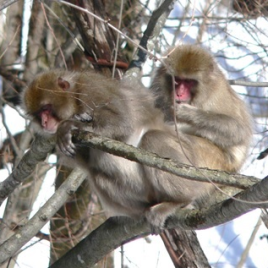
Blood changes in monkeys near Fukushima
Wild Japanese monkeys inhabiting a forest located 70 km from the Fukushima nuclear power plant have lower blood cell counts than monkeys from Northern Japan, a new study finds. The Fukushima nuclear power plant was badly damaged by a tsunami in March 2011. Red and white blood cell count were lower in the Fukushima monkeys. […]
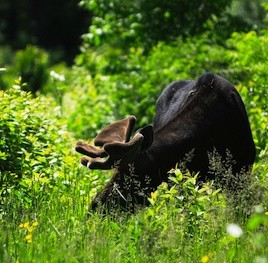
Moose spit de-toxifies plants
Moose and reindeer saliva may inhibit the growth of a toxic fungus that lives inside the grass known as red fescue. The researchers collected saliva from moose and reindeer from Canadian zoos, then applied it to grass that contained the toxic fungus. Their results showed that fungus grew more slowly and in some cases produced […]
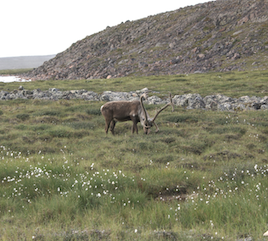
Caribous and wolves metabolize some pesticides
Caribou and wolves living in the Canadian Arctic are able to metabolize some pesticides according to a new study. By analyzing local vegetation and the tissue of captured caribous and wolves researchers looked to see if the pesticide levels would biomagnify – increase in concentration up the food chain. They saw that while currently used pesticides do enter the food […]
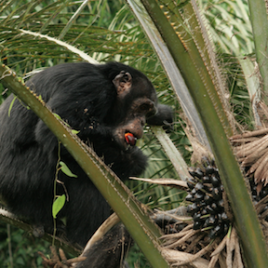
Palm oil agriculture could means trouble for Africa’s great apes
The booming oil palm industry in West and Central Africa could have a negative impact on great apes, a new study shows. The authors estimate that nearly 40% of the distribution of great ape species on unprotected lands overlaps with suitable oil palm areas. The countries most at risk are Gabon, Congo, and The Democratic […]

Link drawn between pesticide use and bird declines
Researchers in the Netherlands have drawn a link between use of the neonicotinoid (neonic) pesticide imidacloprid and declines in insect-eating birds. The study found that in areas of the Netherlands where imidacloprid concentrations in surface water were highest – more than 20 nanograms per litre – bird populations tended to decline by 3.5 per cent […]
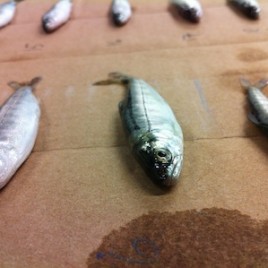
How salmon evolve to beat the heat
Researchers have discovered a link between egg size of chinook salmon and their ability to deal with warmer temperatures. The team captured spawning salmon and measured examined the genetic and maternal effects acting on the ability of offspring to tolerate heat; they found that mothers with larger eggs have more thermally tolerant offspring. As egg […]
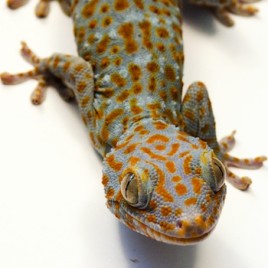
Electrical charges help geckoes stick
Researchers have gained new insight into how geckos are able to walk on almost all surfaces, even upside down. Previous studies have attributed the stickiness of gecko toe pads to a type of force called van der Waals attractions that acts on the tiny hairs – called setae – covering the bottom of geckos’ toe […]
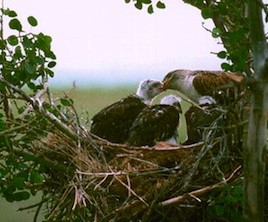
Hawks and owls have trouble as single dads
Some male hawks and owls have trouble adapting their behaviour in order to raise chicks on their own, a new study finds. In breeding pairs, the male is the primary provider of prey for their young while females tear the prey into right-sized chunks and also brood the chicks. (i.e. use their bodies to shield […]
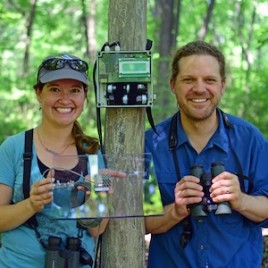
Night-time squawking helps track bird migration
New audio recordings confirm that Lake Erie is not a barrier to bird migration, but that birds pick their routes so as to stay above islands if possible. Migratory birds fly at night, so the team used audio recordings from the north shore of Lake Erie and from Pelee Island — in the middle of […]
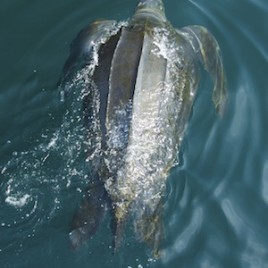
Digesting dinner keeps leatherback turtles warm
Scientists have determined that metabolic heat produced from digesting prey is a key component of what keeps leatherback turtles warm in the cold waters off Canada’s Atlantic coast. Researchers attached temperature monitors to seven leatherback turtles off the coast of Cape Breton and discovered that they cool down during the day (most likely due to […]
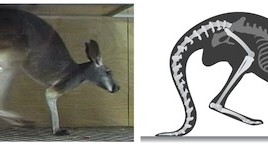
The kangaroo: A five-legged animal
New research shows that when they’re not hopping, kangaroos use their tails as a fifth leg to help propel them forward. Researchers trained five red kangaroos to walk over a force-measuring platform and discovered that rather than simply acting as a prop — as a pair of crutches would — the tail acts like […]
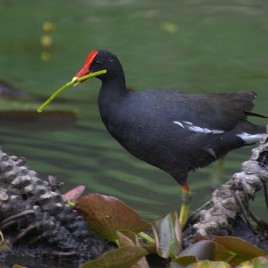
What’s in a bird’s name?
Scientific names of birds are not quite as accurate as one might think, but a new paper describes an online database that can help birders and biologists stay on the same page. A good example of changing names came in 2011, when the species known as the Common Moorhen was reclassified as a different species […]
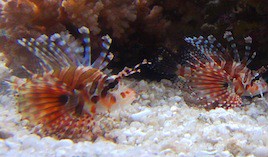
Lionfish hunt in groups
Like their namesakes on land, lionfish demonstrate cooperative hunting, according to a new study. Lab tests showed that lionfish use a unique ‘flared fin’ display to alert other lionfish to the presence of prey. They then work together to herd the prey into smaller areas and take turns striking at the group. This type of […]
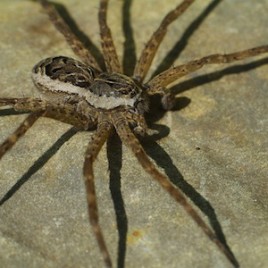
Fish-eating spiders found all over the world
It’s known that some spiders can catch and eat small fish, but a new survey of worldwide sightings shows the phenomenon is more widespread than previously thought. The survey found that spiders from up to five different families prey on fish, and that fish-eating spiders exist on every continent except Antarctica. One species, the striped […]
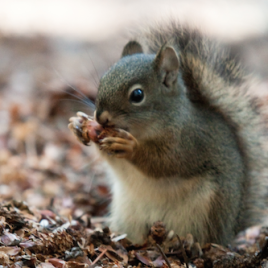
Do seed-eating squirrels impact the whole forest?
A new study shows that trees that store lots of fire-resistant seeds to prepare for forest fires end up attracting more seed-eating red squirrels, which provokes a cascading effect on the ability of forest to grow back after a fire. The study relies on three years of field study in Yellowstone park and applies to […]
